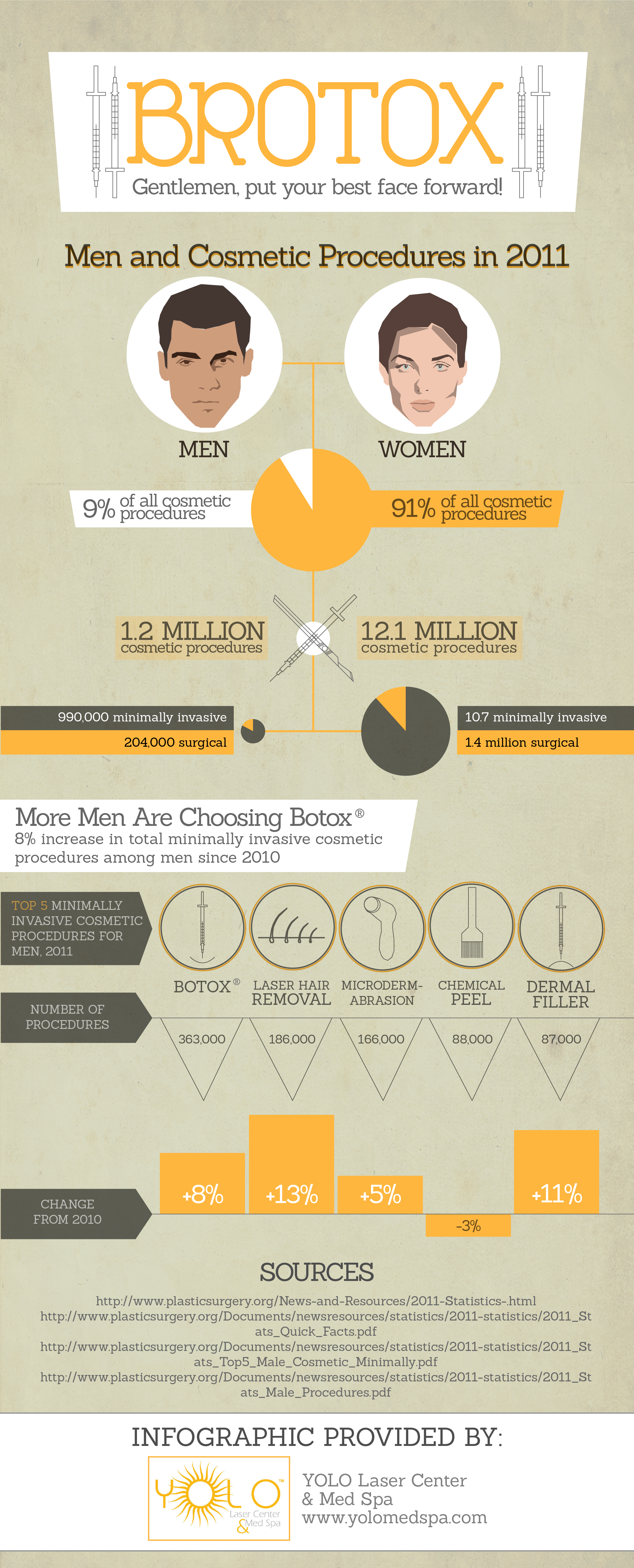How Does Pollution Affect Acne
How Does Pollution Affect Acne
Blog Article
Hormone Acne - What is Hormone Acne?
Hormonal acne is characterized by clogged pores and oily skin that typically shows up on the chin and jawline. It happens when hormonal changes activate inflammation and bacterial overgrowth within hair roots.
Breakouts might look like whiteheads, blackheads, papules or pustules and cysts or blemishes in a lot more extreme instances. It is extra typical in teens undergoing adolescence however can impact grownups of any type of age.
What Triggers Hormone Acne?
While acne can be triggered by a range of aspects, consisting of utilizing hair and skin treatment products that aren't oil-free or made with components that might block pores, genetic predisposition, diet,2 and tension, the root cause is fluctuating hormonal agents. Hormone acne takes place when the body experiences hormone adjustments and changes that lead to an overflow of sebum, which triggers swelling, enhanced growth of bacteria and changes in skin cell activity.
Hormone acne is usually located on the reduced jawline, cheeks and neck however can appear anywhere on the body. It is defined by blemishes that are cystic, uncomfortable and filled with pus or other material. It is additionally more probable to take place in ladies than guys, particularly during puberty, the menstrual cycle, maternity or menopause.
Age
While lots of youngsters experience acne at some point during the age of puberty, it can remain to pester adults well into adulthood. Called hormone acne, this type of breakout is tied to variations in hormonal agents and is usually most typical in women.
Hormone acne takes place when oil glands create excessive sebum, which clogs pores and catches dead skin cells. This causes the formation of blemishes, such as whiteheads, blackheads and papules, pustules, cysts or nodules, deep under the surface area.
This kind of acne frequently causes discomfort, inflammation and inflammation. It might likewise be cyclical and appear around the very same time every month, such as right before your period begins. This is since levels of women hormonal agents like progesterone and oestrogen vary with each menstrual cycle.
Menstruation
Hormonal acne typically shows up in the lower part of your face, along the jawline and cheeks, as whiteheads, blackheads or inflammatory pimples (acnes and cysts). It's probably to appear around the moment when your menstruation changes.
Specifically around ovulation, when estrogen and progesterone levels are on the surge, hormone fluctuations can create breakouts. But it's additionally possible to obtain acne at any type of point throughout your 28-day menstrual cycle.
If you see that your hormone acne flares up right prior to your period, attempt discovering when exactly this takes place and see if it relates to the stages of your 28-day menstrual cycle. This will assist you pinpoint the origin of your skin difficulties. For example, you might want to work with balancing your blood sugar and eliminating high-sugar foods, or consider a prescription drug like spironolactone that can control your hormonal agents.
Pregnancy
Growing an infant is a time of dramatic hormone changes. For lots of women, this consists of a flare-up of hormonal acne. This kind of breakout normally begins in the initial trimester, around week six. It's brought on by hormone rises that stimulate olavita botox serum sweat glands to make more oil, which can obstruct pores and cause even more bacteria to accumulate.
Breakouts might also take place as a result of pre-existing conditions like polycystic ovary disorder, which can also be a problem during pregnancy and menopause. Likewise, some types of contraceptive pill (such as Ortho Tri-Cyclen and YAZ) can trigger hormone acne in some women.
Luckily, most acne treatments are "no-go" for expectant women (consisting of popular acne-fighting components such as isotretinoin and spironolactone). Yet if you can't stay clear of those annoying bumps, your doctor may prescribe oral erythromycin or cephalexin, which are safe during pregnancy.
Menopause
As women approach menopause, the estrogen levels that caused their hormone acne to flare up throughout the age of puberty begin to support and lower. At the same time, however, a spike in androgens (likewise called male hormones) happens because these hormones can not be converted into estrogen as efficiently as in the past.
The excess of androgens can activate oil manufacturing by the sebaceous glands, which blocks pores. When the clogged up pores ended up being swollen and irritated, an acne kinds.
Hormonal acne is normally seen on the face, specifically around the chin and jawline, but it can happen on the neck, back, shoulders, or upper body. This type of acne has a tendency to flare in an intermittent pattern, similar to the menstrual cycle. Anxiety, which raises cortisol and throws hormones out of equilibrium, additionally adds to the breakouts.